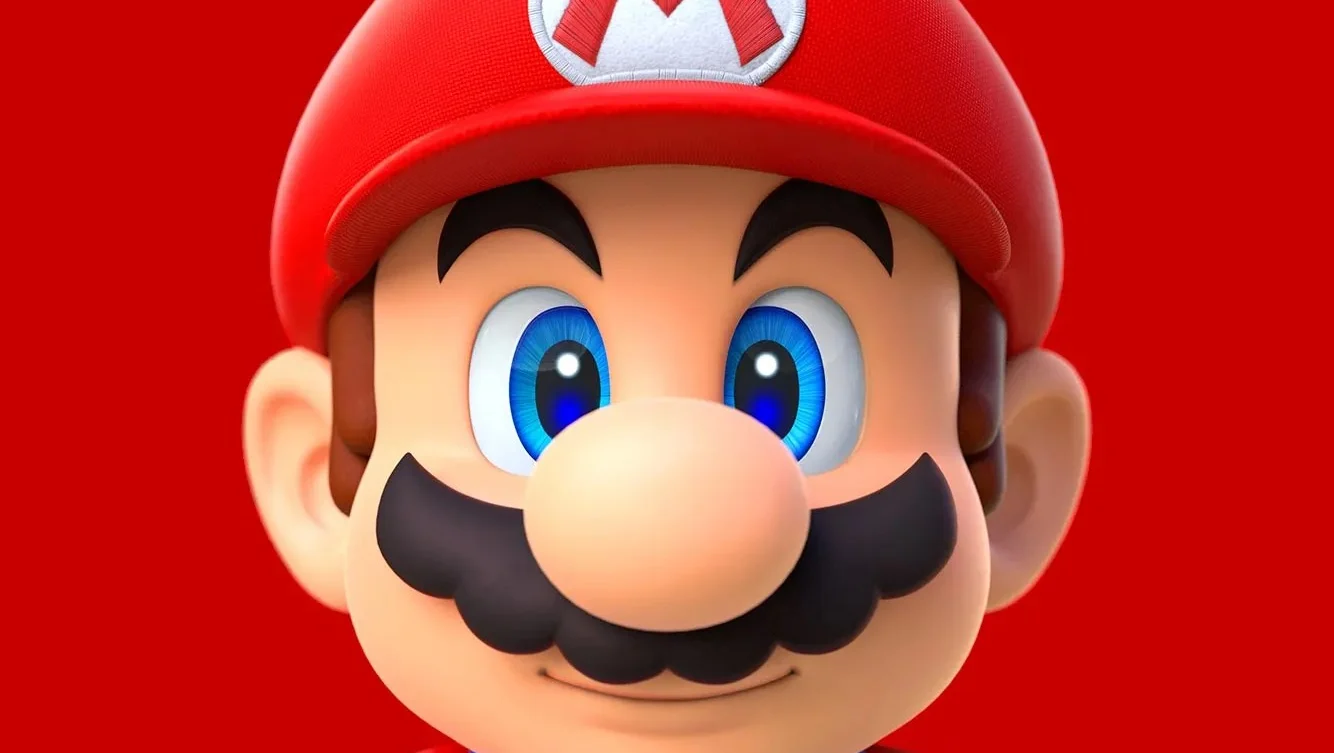Nintendo has released its financial report for fiscal year 2025, which covered April 2024 through March 2025. Alongside the report, company president Shuntaro Furukawa discussed expectations for the Nintendo Switch 2 in an online press conference held on May 8. As the console’s release date of June 5 approaches, pre-launch excitement continues to rise, especially in Japan, where pre-order lotteries are seeing overwhelming participation.
Nintendo is working to scale up production in response to this demand and is projecting global hardware sales of 15 million Switch 2 units for the 2026 fiscal year (April 2025–March 2026), alongside 45 million software units.
The company also anticipates the console’s debut will significantly elevate overall business results, forecasting a 63.1% increase in revenue to 1.9 trillion yen (approximately $13.04 billion USD) and a 7.6% boost in net profits, expected to hit 300 billion yen (around $2.05 billion USD).
U.S. Market Challenges on the Horizon
Despite the promising figures, Furukawa noted several challenges that could impact sales—particularly in the U.S., Nintendo’s largest market for the original Switch. He acknowledged that the Switch 2, being more advanced than its predecessor, comes with a higher price tag, which could limit its accessibility for some consumers.
Furukawa explained that while the goal is to match the original Switch’s launch performance, reaching that target comes with certain barriers. The first Switch sold 15.05 million units during its initial year, a figure Nintendo is aiming to replicate with its new console.
One of the key concerns is the effect of U.S. tariffs, especially those proposed by Donald Trump, on consumer spending. Furukawa warned that if tariffs raise the cost of essential items like food, American households may have less disposable income for entertainment purchases such as gaming systems.
Possible Price Adjustments and Their Risks
He noted during the conference that these tariff policies could reduce Nintendo’s profits by tens of billions of yen. Furukawa emphasized that if inflation hits basic necessities, it could strain gaming budgets, and any price adjustments to the Switch 2 made in response to tariffs might result in reduced demand in the U.S. market.
Strong Demand Despite Economic Uncertainty
Market analysts have referred to Nintendo’s forecast of 15 million unit sales for the Switch 2 as cautious, particularly given the unpredictable nature of international trade policies. Nonetheless, interest in the console remains extremely high.
After a delay linked to tariff concerns, pre-orders for the Switch 2 opened on April 24. The launch price remains set at $449.99, and early results indicate the console is off to a strong start. However, Nintendo has cautioned American buyers who placed pre-orders through the My Nintendo Store that delivery on release day cannot be guaranteed due to overwhelming demand.
More news about Nintendo here.
